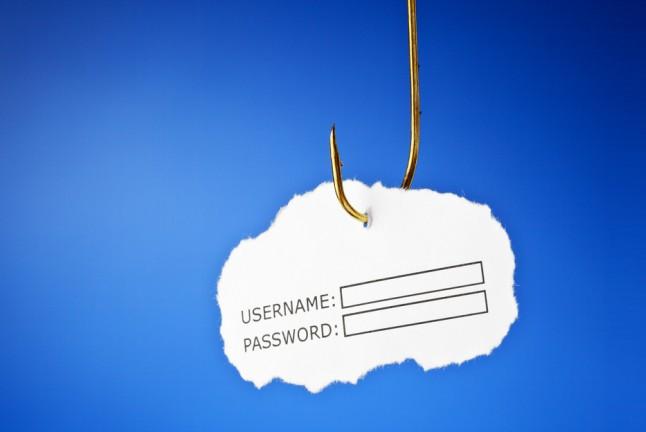Of course, it is very convenient to be able to manage their money and make purchases online. It does not have to go anywhere, to adapt the mode of operation of firms and organizations. But we must remember that the usernames and passwords of ordinary users on the Internet is a constant hunting. One of the ways to allow the scammers to discover sensitive information - introduce them to a fake (phishing) website.
How to protect yourself from phishing?
The main thing here - the attentiveness of the user. No, even the best antivirus won't protect you if you will enter your username and password into a suspicious website. Thus, wanting to log in your personal account in the Bank or to pay for the purchase in the online store, check the link that you went to the site. Remember that even if you sent the link by someone you trust 100%, he was also able to cheat or even hack.
Helpful hint: most likely, fake the link will be somehow reversed or rearranged letters. An example of a correct address: yandex.ru. An example of a "correct" address for the phishing site: yandax.ru.
Please note that you may come to the wrong link, even from reputable organizations (tax, Bank, ISP, etc.). It is not necessary to click on links from such emails, because today scammers fake their very believable.
So, what to do?
- Easier and safer to enter the address of the desired website in a new tab (or window) of the browser.
- Do not use your billing information, if connected to free Wi-Fi in a cafe or another similar place.
- Check for https in the site address.
- Install anti-virus and follow its recommendations.
